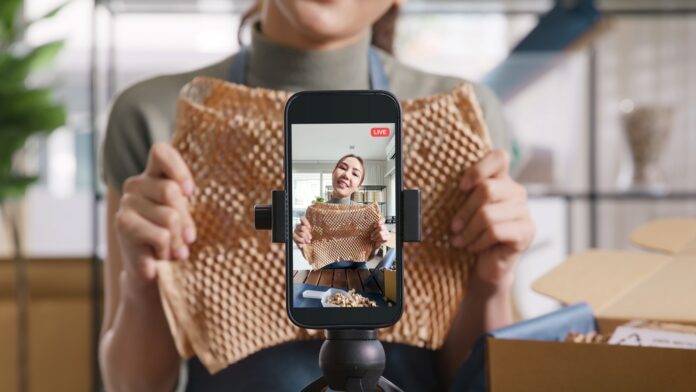Influencer marketing continues to expand, but according to a new report from eMarketer in partnership with Viral Nation, this growth isn't always accompanied by robust brand safety practices. By 2025, influencer budgets have already increased by 15%, reaching US$10.52 billion, with 86% of marketers already using this channel. Despite this, 77.8% of respondents report that brand safety concerns influence their willingness to invest.
Although most companies are increasing investment—70.9% of respondents plan to increase spending on influencers in the next three years—only 30.1% consider influencer marketing "very safe," and 55.4% see it as "somewhat safe, but with reservations." In practice, performance and immediate results prevail over safety concerns: when evaluating campaigns, brands prioritize performance (27.4%), engagement rate (23.1%), content quality (15.4%), and demographic reach (12.8%), while brand safety is prioritized by only 11.1%.
The report highlights concrete gaps in verification processes: only 9.41% of brands fully outsource creator verification, and 81.21% still perform some form of manual content review. More worryingly, more than 50% of professionals spend 30 minutes or less reviewing an influencer—an effort that, according to Viral Nation, covers on average 0.01% of a creator's content history, insufficient to comprehensively analyze reputational risks. The biggest pain points cited are: excessive verification time (38.51% of brands), difficulty with continuous monitoring (34.21% of brands), and a lack of automation tools (28.21% of brands). Only 9.11% describe their current process as "very scalable."
"Brand safety (Brand safety) has become reactive rather than proactive,” says Nicolas Spiro, Chief Commercial Officer from Viral Nation, cited in the report. "Instead of building comprehensive protection systems, many teams end up relying on good faith."
For Fabio Gonçalves, director of Brazilian and North American talent at Viral Nation, the numbers make it clear that prioritizing only immediate results without safeguards is a short-term strategy: "There's a race for results that often overlooks fundamental aspects like safety and reputation. Brands want to be visible where their audiences are, but ignoring brand safety protocols can lead to greater losses in the long run. Influencers aren't just channels: they carry values, communities, and narratives, and these must be filtered."
He recommends practical and realistic measures (without turning agencies into clinical providers): “The market needs consistent processes: verification that analyzes photos, videos, and partnership history; continuous monitoring; clear documentation provided to clients; and the combined use of technology and human review to flag risks. It's not just about rejecting creators; it's about aligning expectations, establishing contractual clauses that protect reputation, and creating mitigation plans. This protects brands and also preserves creators' careers.”
According to the report, the path forward includes continuous monitoring, AI-powered security verification tools, and greater transparency between stakeholders—recommendations that Viral Nation itself has already adopted. Executive Nicolas Spiro suggests using AI to identify risk signals on a large scale, leaving the final decision to humans; Gonçalves adds the agency's operational approach:
"At Viral Nation, we're investing in technology that allows us to quickly map large volumes of content, but also in human processes to contextualize signals. We offer verification documentation when brands require it, apply reputation filters, guide creators on ranking risks, and include contractual clauses that protect both parties. Our goal is to ensure campaigns perform without exposing the brand to unwanted associations," he explains.
He also emphasizes that market education is essential: "We need to standardize language and expectations: what 'brand safe' means for one brand may be different for another. The industry needs a common vocabulary and shared KPIs so that brands, agencies, and platforms speak the same language."
METHODOLOGY
The EMARKETER + Viral Nation report was compiled from a survey of 117 US marketers and an analysis of spending trends and verification practices in the creator ecosystem. Images and data from the study are available at the following link: https://cloud.insight.insiderintelligence.com/20250909-ViralNation-CustomReport_RegPageProgPro?utm_source=1P-HTML-Personal&j=236718&sfmc_sub=8654010&l=826_HTML&u=7306189&mid=534006916&jb=6003&jid=236718&sid=8654010.


